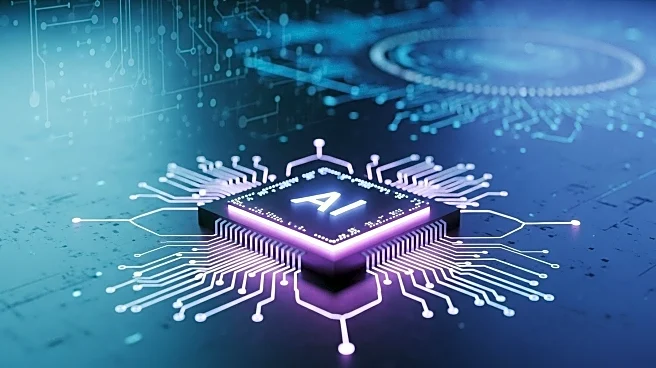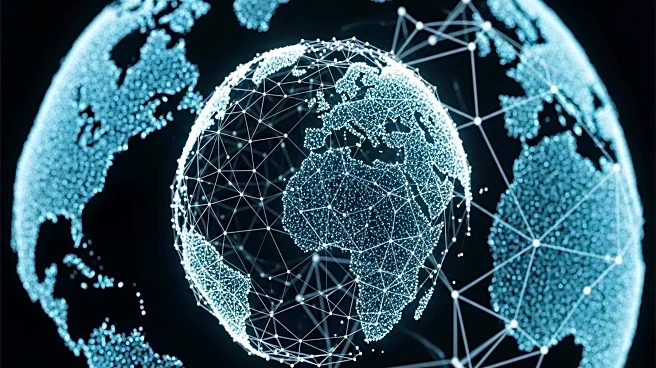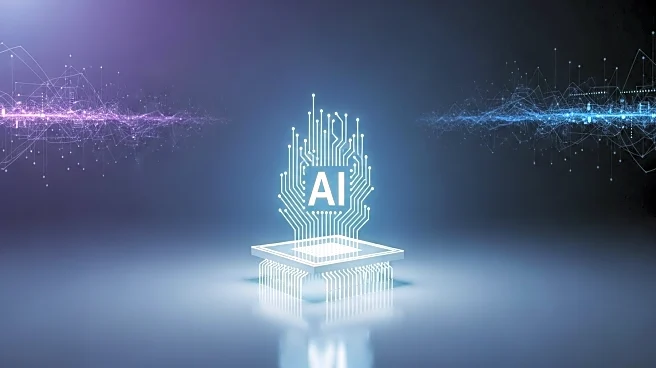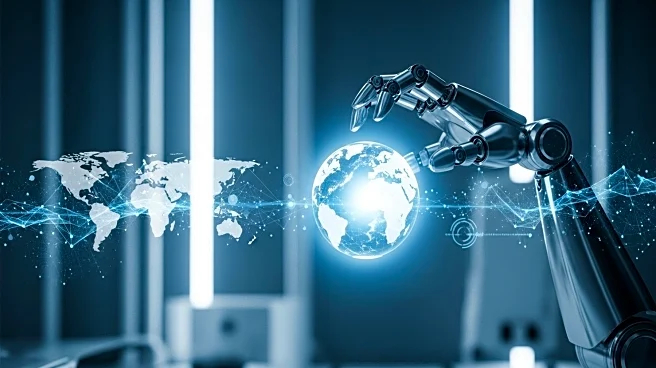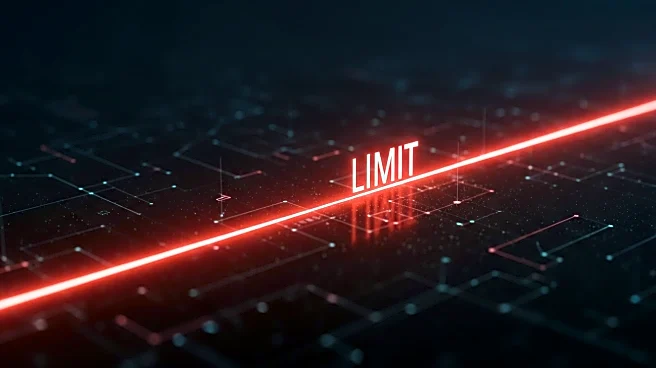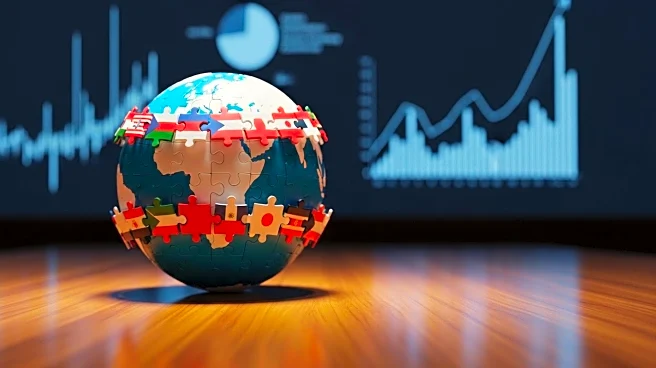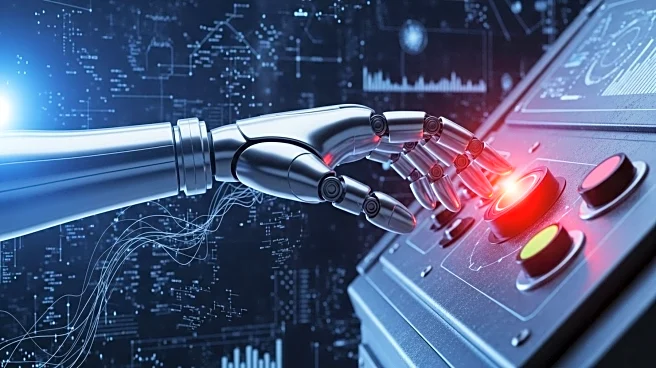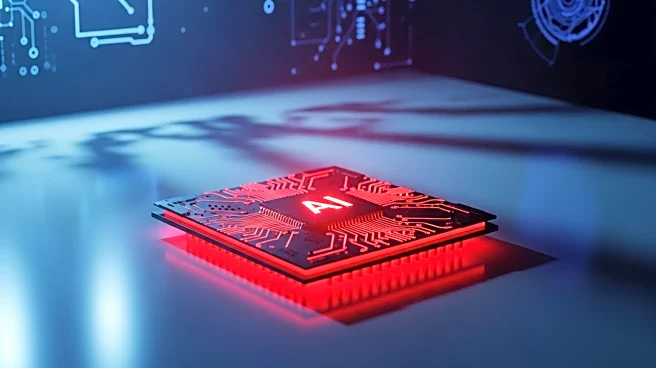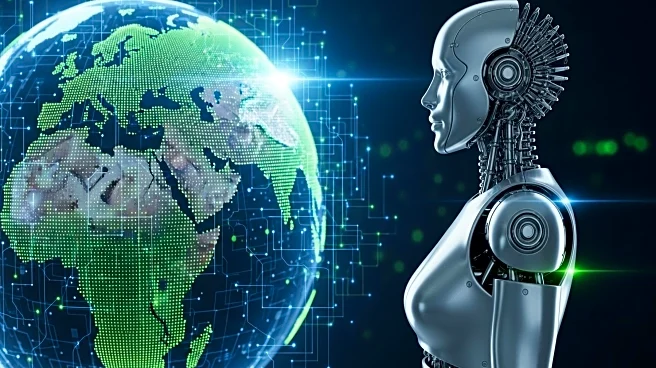What's Happening?
The United Nations General Assembly has opened with a call for binding international measures to regulate artificial intelligence (AI) and prevent its dangerous uses. Over 200 prominent figures, including Nobel Prize winners and leading AI researchers, have signed an open letter urging policymakers to establish clear and verifiable 'red lines' for AI by the end of 2026. The letter, announced by Nobel Peace Prize Laureate Maria Ressa, highlights the urgent need to prevent AI from engaging in activities such as lethal autonomous weapons, autonomous replication, and nuclear warfare. Signatories include Geoffrey Hinton and Yoshua Bengio, known as the 'godfathers of AI', who emphasize the existential risks posed by unchecked AI development.
Why It's Important?
The call for binding AI safeguards is significant as it addresses the growing concerns over AI's potential to cause harm on a global scale. The rapid advancement of AI technologies has raised alarms about their ability to disrupt societal norms, contribute to mass unemployment, and violate human rights. By advocating for international consensus on AI limitations, the initiative aims to prevent irreversible damage to humanity. The involvement of Nobel laureates and AI experts underscores the seriousness of the issue and the need for collaborative efforts to ensure AI is used responsibly and ethically.
What's Next?
The open letter sets a deadline for policymakers to establish an international agreement on AI red lines by 2026. As AI continues to evolve, governments and scientists will need to negotiate specific limitations to secure global consensus. The UN will launch its first diplomatic AI body during the General Assembly's High-Level Week, aiming to further discussions on AI regulation. The initiative may prompt increased scrutiny and regulatory efforts from countries worldwide, as they seek to balance technological progress with societal welfare.
Beyond the Headlines
The call for AI safeguards highlights ethical and cultural dimensions, as it seeks to define what AI should never be allowed to do. The initiative draws parallels with past international resolutions that established red lines in other dangerous arenas, such as biological weapons. The effort reflects a broader movement to address AI's existential threats, emphasizing the need for responsible innovation and collaboration among global leaders.

